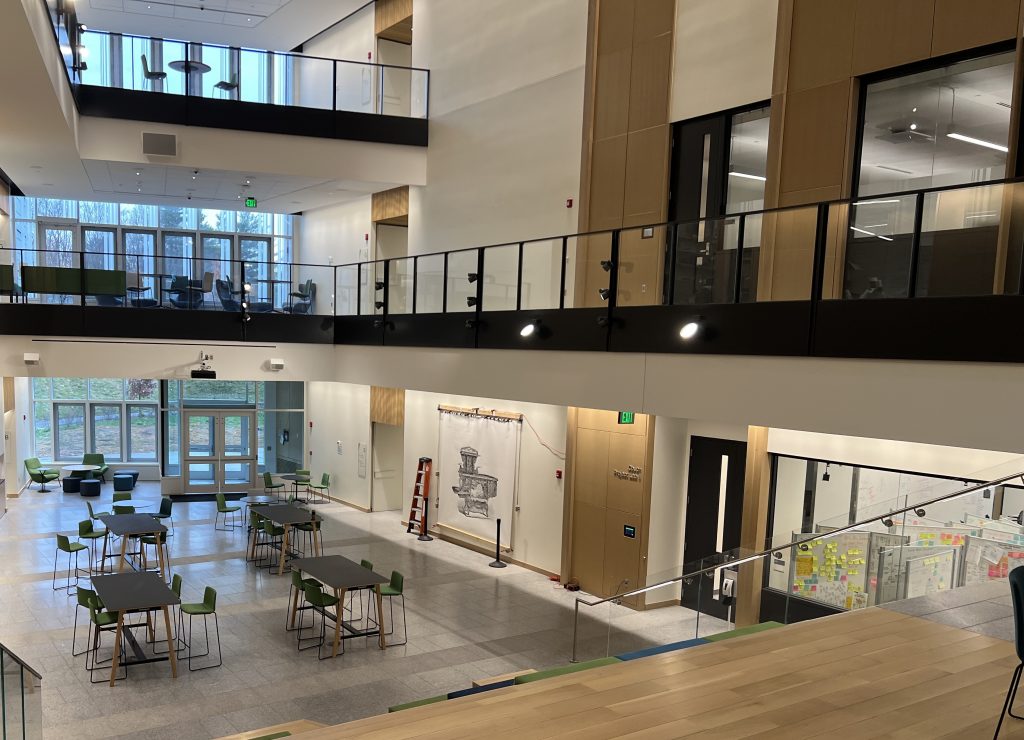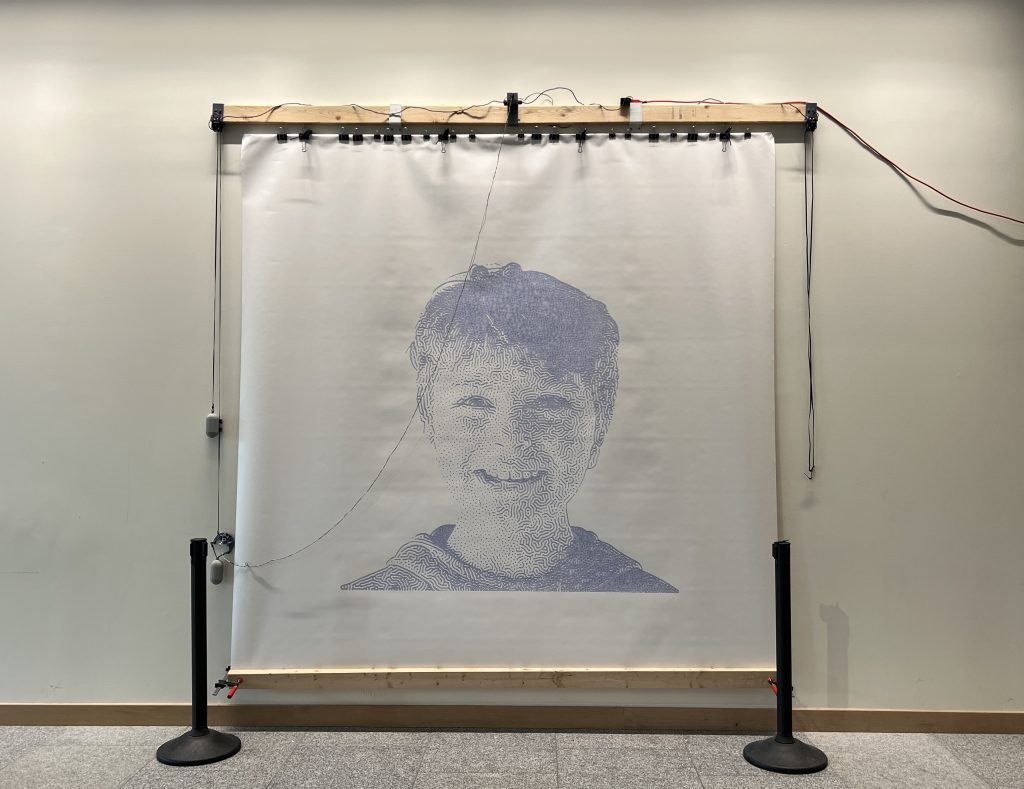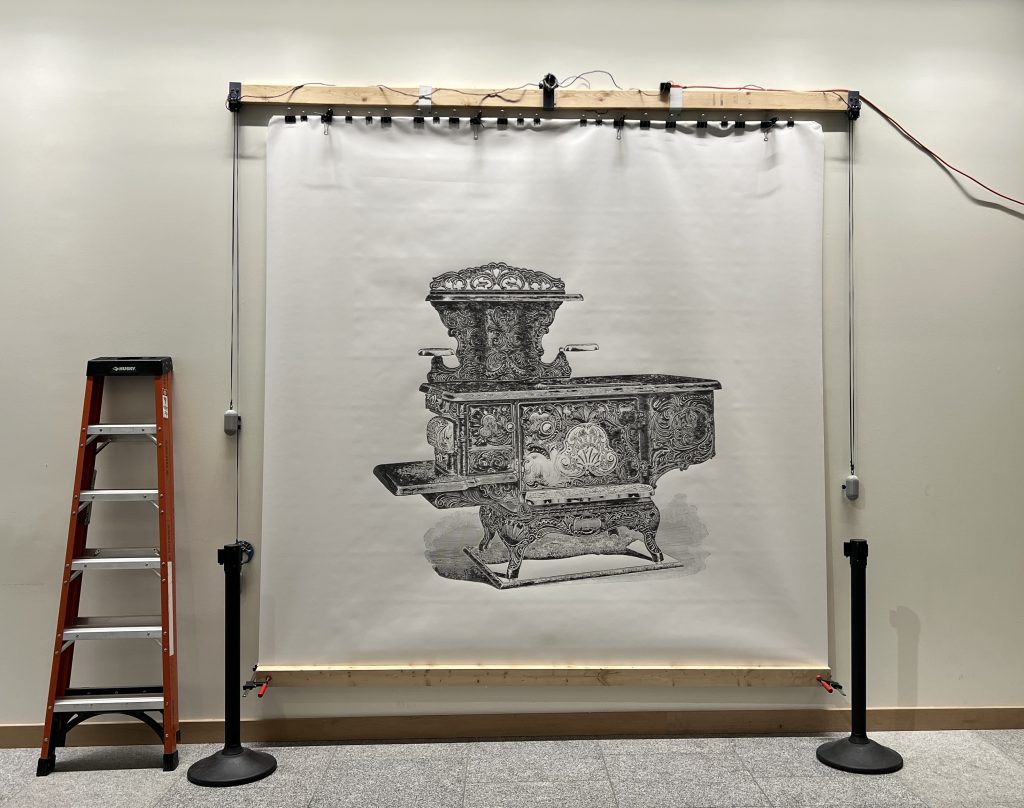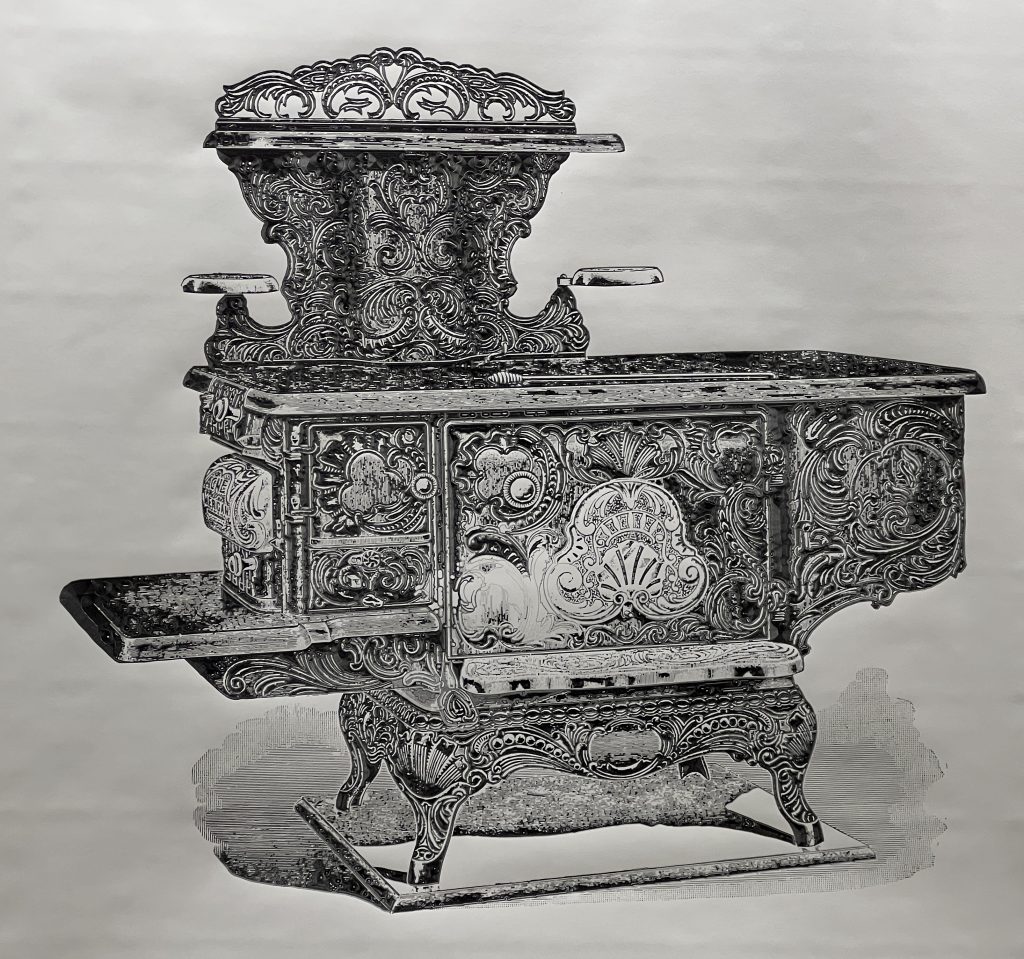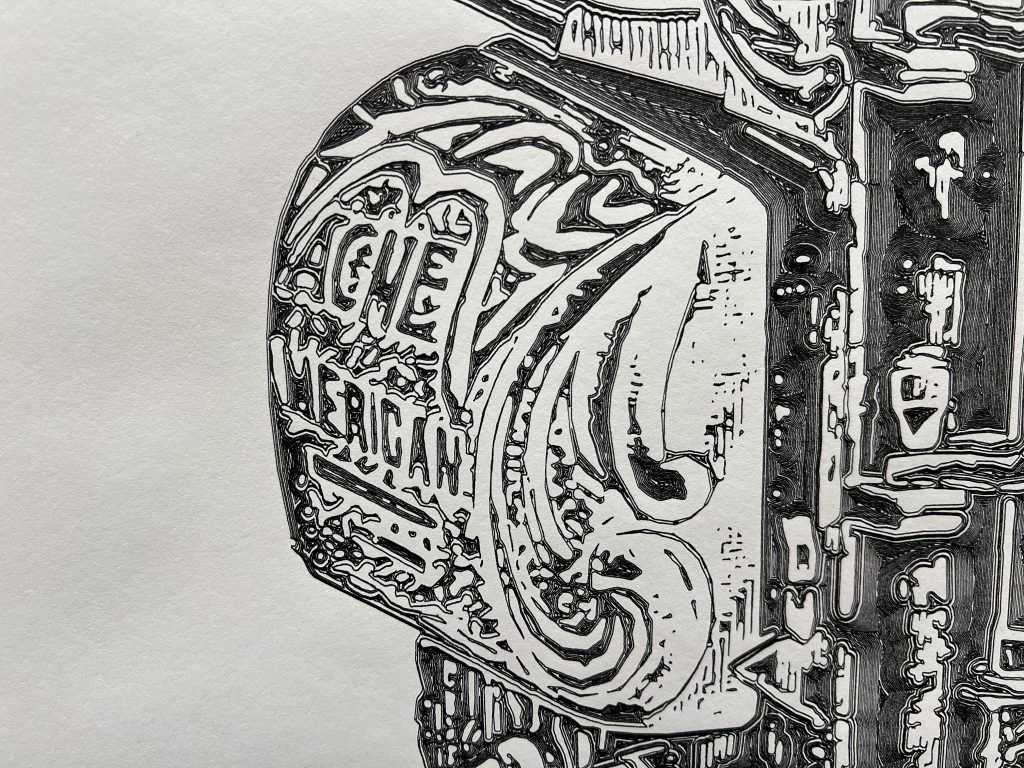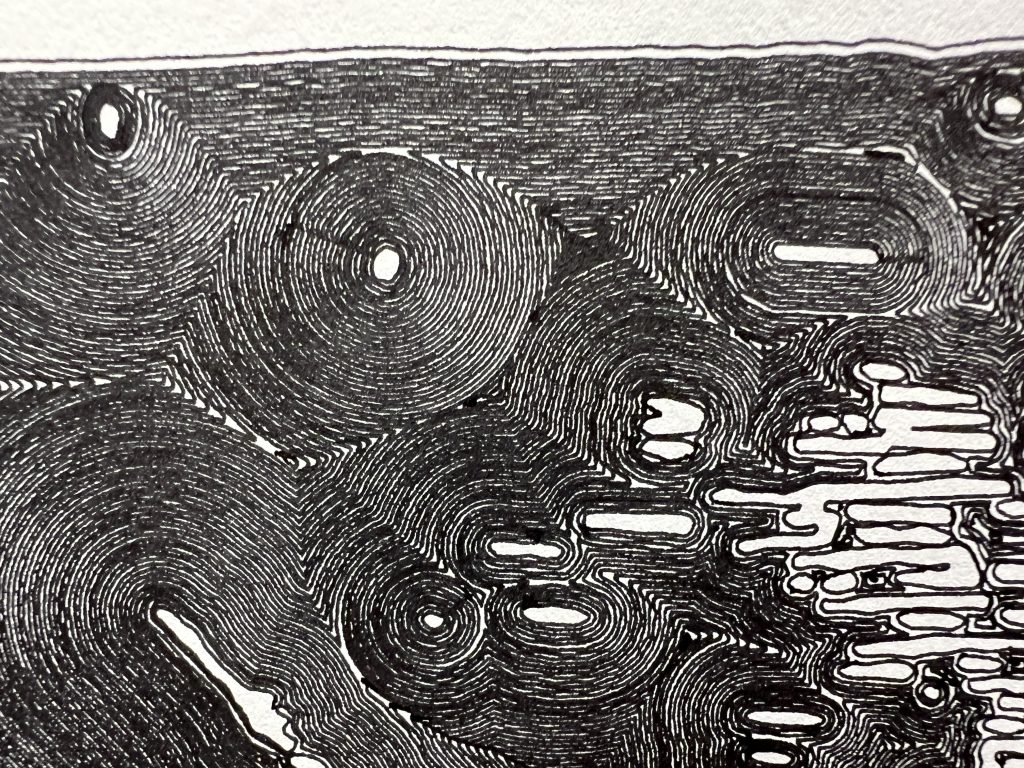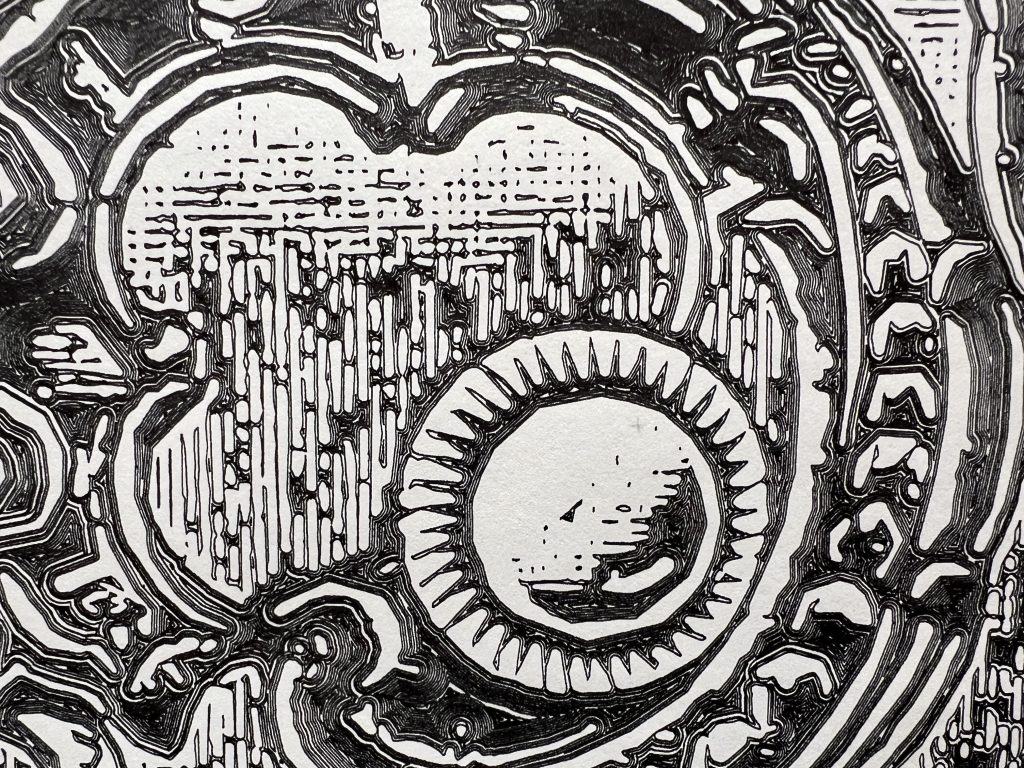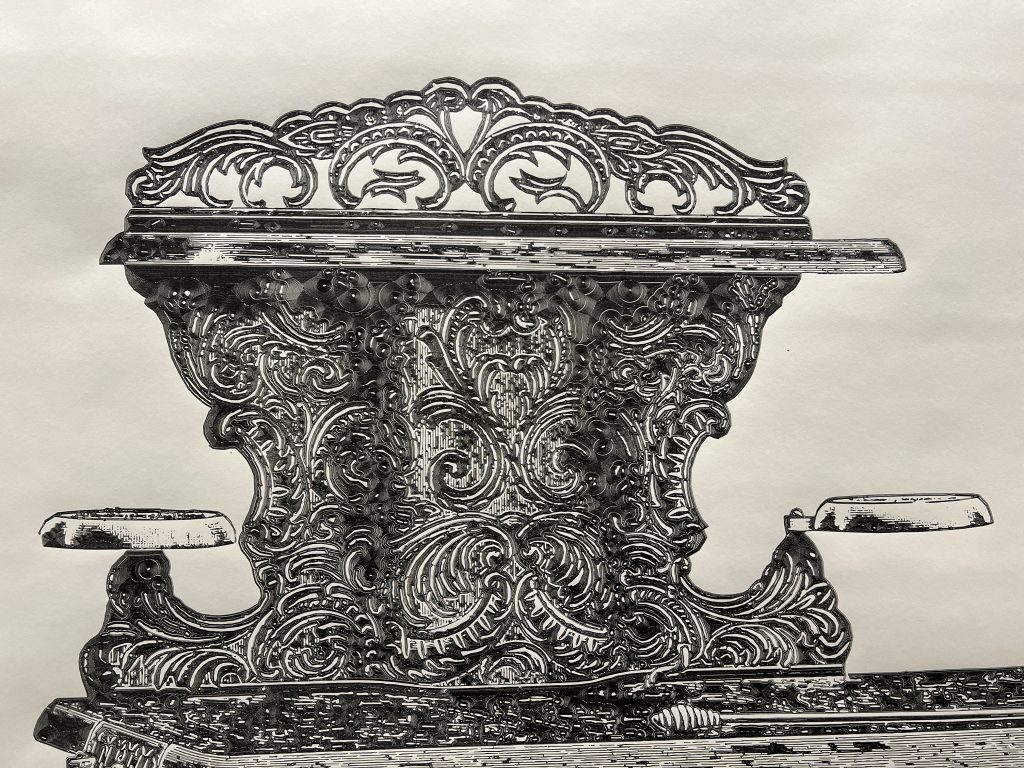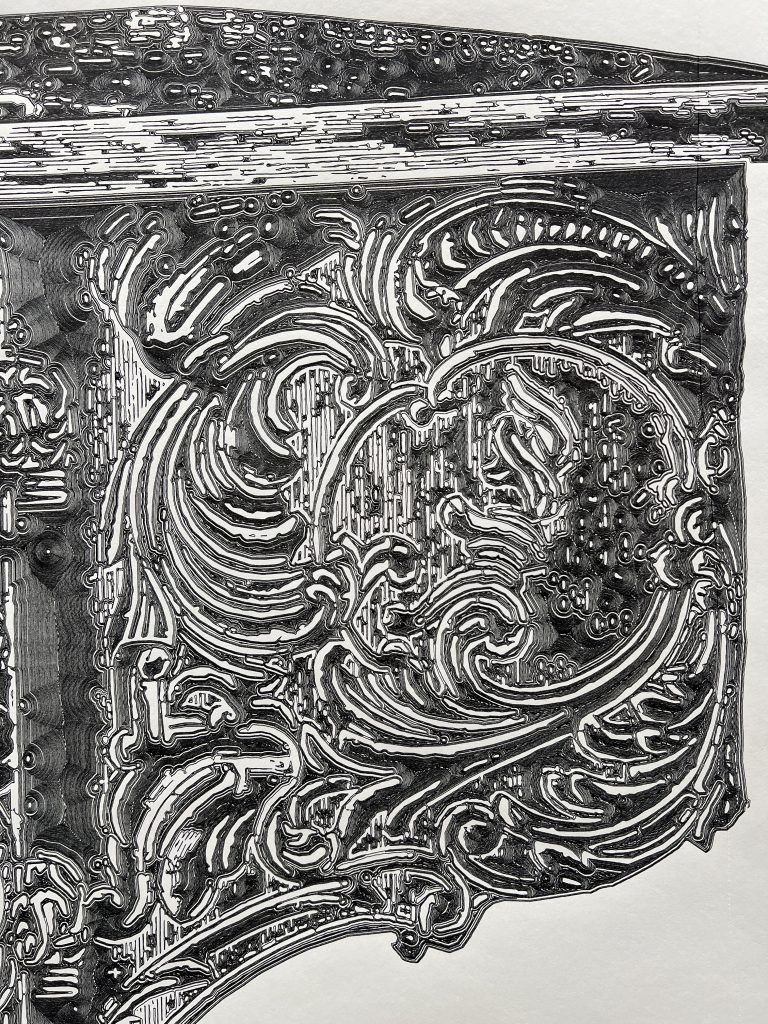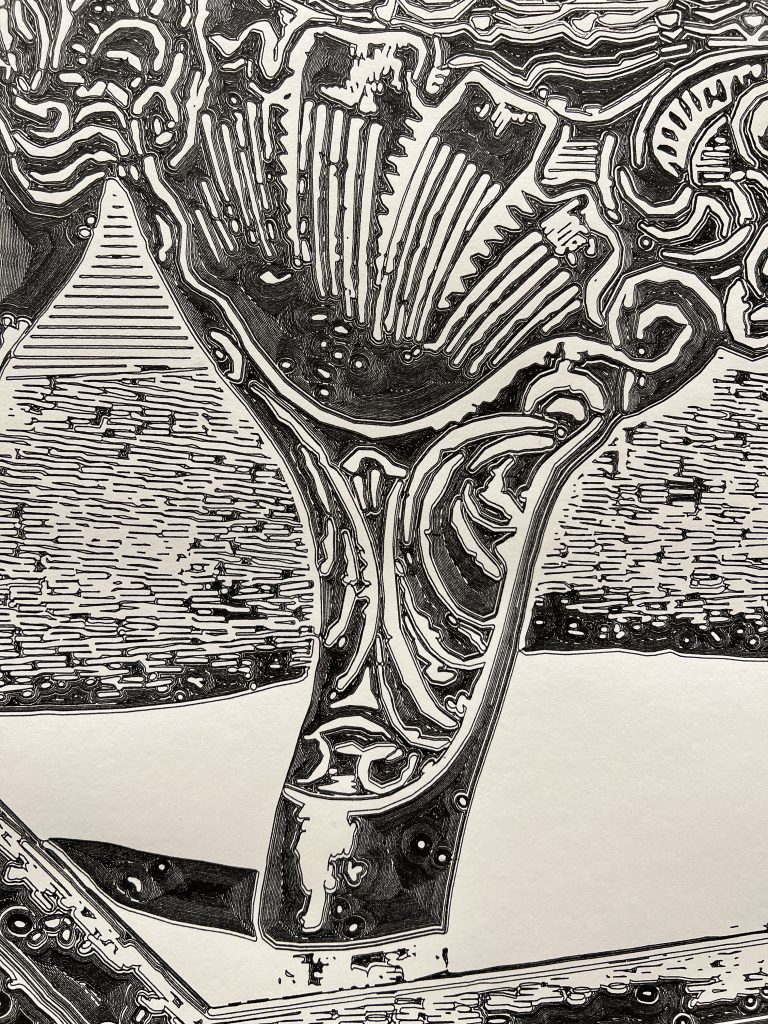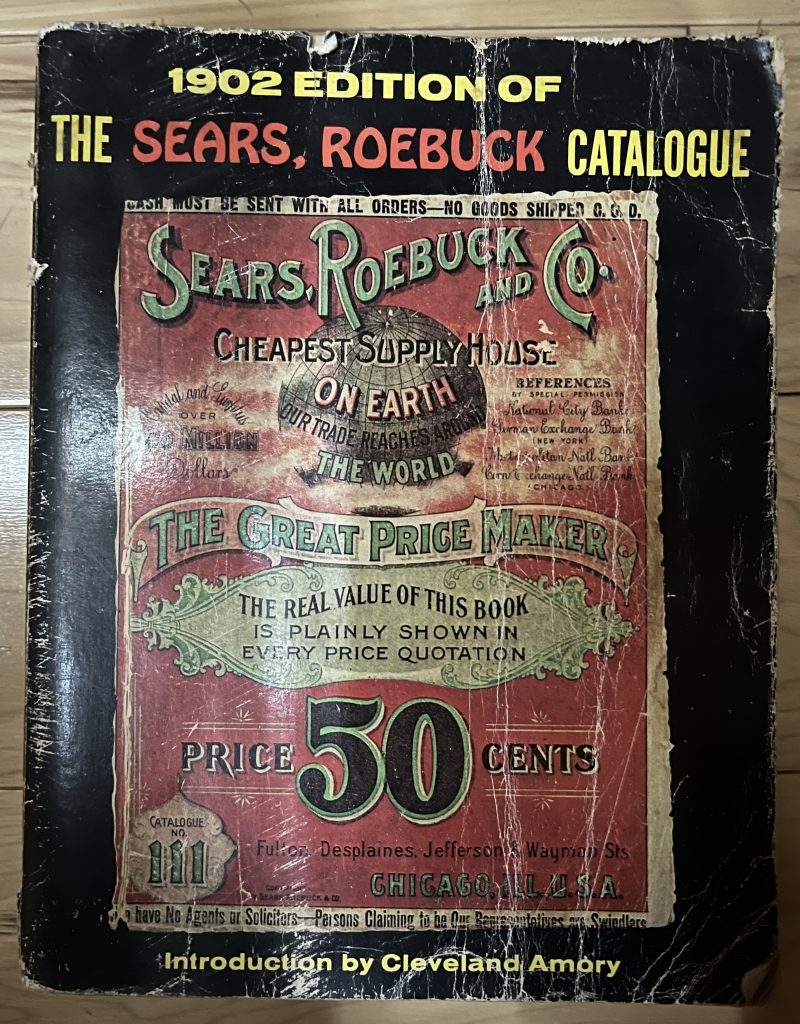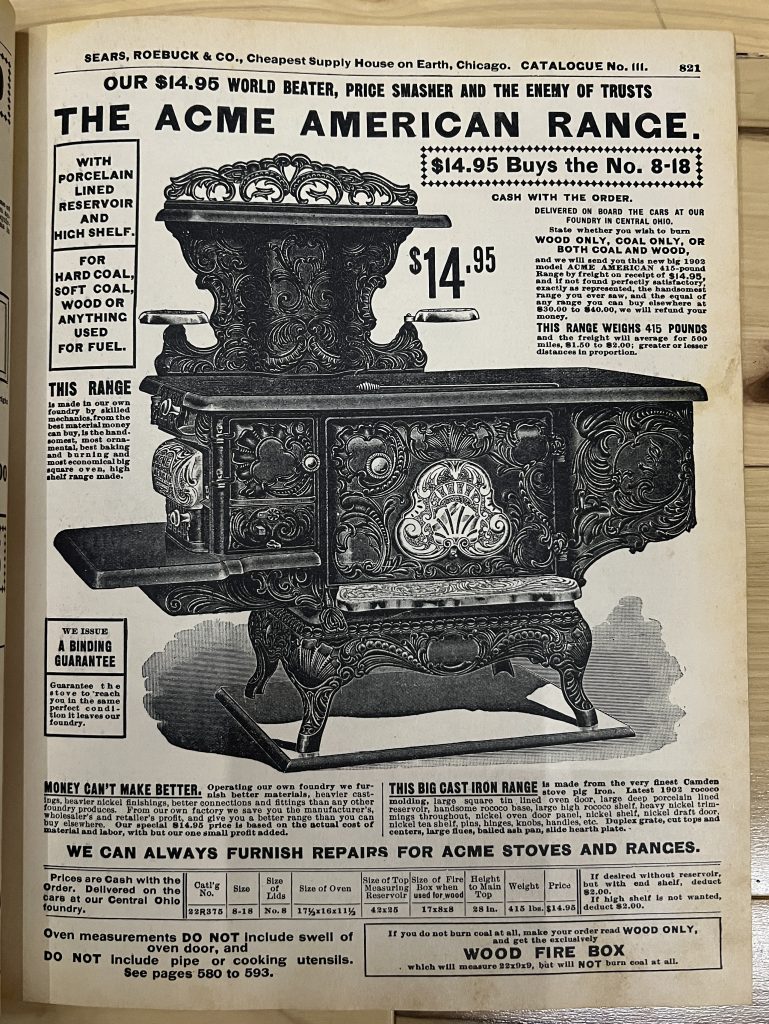Mostly tests meant for a larger format, I like to post them for reference.
Massive Kid
Massive Stove
I almost didn’t run this one, it ended up being my magnum opus. It took ~180 hours and 8 pens. Unfortunately, even though I have strict protocols for marking pens which aren’t full, I had it go over the week end with one that had been used before and ran blank for a bit. It’s ok, these monster plots come with imperfections.
I found the image in a 1902 edition of the Sears catalog where they sold it for $14.95. I consider it an expression of culture, from a time when anything we created came with ornaments. It shines all the more in a modern building with very clean and sanitized architecture.
